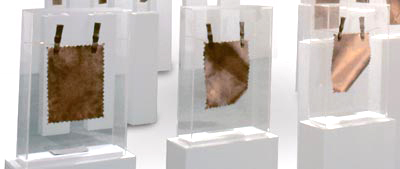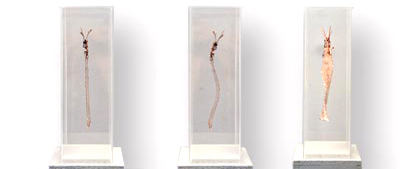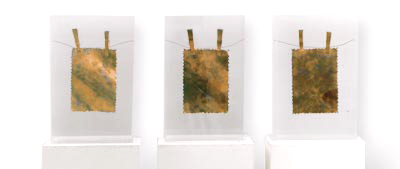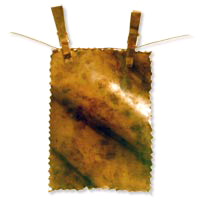The photos


Copie Timsi en cuivre d'après le papier photographique original ayant représenté un instant :
" Des jeunes filles se baignant dans la rivière "

Copie de la première génération réalisée entre 1917 et 1928 |
Copie de la deuxième génération réalisée entre 1928 et 1936 |
Copie de la troisième génération réalisée entre 1936 et 1954 |


Copie Timsi en cuivre d'après le papier photographique original ayant représenté un instant :
" Un groupe de lions à l'heure de la sieste "

Copie de la première génération réalisée entre 1917 et 1928 |
2e génération 1928/1936 |
3e génération 1936/1954 |
4e génération 1954/1956 |
5e génération 1956/1959 |


Copie Timsi en cuivre d'après le papier photographique original ayant représenté un instant :
" Une danse autour du feu "

Copie de la première génération réalisée entre 1917 et 1928 |
Copie de la deuxième génération réalisée entre 1928 et 1936 |
Copie de la troisième génération réalisée entre 1936 et 1954 |


Copie Timsi en cuivre d'après le papier photographique original ayant représenté un instant :
" Une vieille femme édentée "

Copie de la première génération réalisée entre 1917 et 1928 |
Copie de la deuxième génération réalisée entre 1928 et 1936 |
Copie de la troisième génération réalisée entre 1936 et 1954 |
 In March 1917, whilst he was the chief editor of the "Revue Cubiste des Deux Mondes", Oskar Serti decided to go and look for his colleague, the photographer Henri Colombier, who had disappeared five months before during a photo mission in Zaire. Serti managed to foliowthe trace of his passage as far as Timsi, a small Katanga village recently decorated with a multitude of fine fiat sculptures, completely unknown to him. By gestures and little drawings, he was able to communicate with the inhabitants and believed to have understood the destiny reserved to his friend.
In March 1917, whilst he was the chief editor of the "Revue Cubiste des Deux Mondes", Oskar Serti decided to go and look for his colleague, the photographer Henri Colombier, who had disappeared five months before during a photo mission in Zaire. Serti managed to foliowthe trace of his passage as far as Timsi, a small Katanga village recently decorated with a multitude of fine fiat sculptures, completely unknown to him. By gestures and little drawings, he was able to communicate with the inhabitants and believed to have understood the destiny reserved to his friend.
When Colombier had arrived in Timsi three months earlier, suffering from violent fits of malaria, he felt the end so nearthat he wanted, before dying, to finish what he thought would be his last ever report. Thanks to the excellent equipment he had brought with him, he succeeded in developing the photographs he had taken on his trip. But, unfortunately, his chemicals had suffered so severely in the pervading heat, that the photographs became covered with a film of sepia just seconds after their exposure to the light.
The few villagers who had witnessed dumbfoundedly this event, interpreted the fever which gradually carried Colombier away as the logical consequence of a thoughtless magic. Nevertheless, they all cherished the memory of these images' fragile beautywhich had onlyappeared to them forone instant. To increase the hope of seeing them again, they created numerous artisanal reproductions in copper based on the real paper photographs, which, despite the absence of images, were religiouslyconserved in Colombiers hut in which he had abandoned them.
Later generations of Timsi adopted this tradition and also made copies taking into account the buckling of the original photographic paper which they never ceased to venerate.